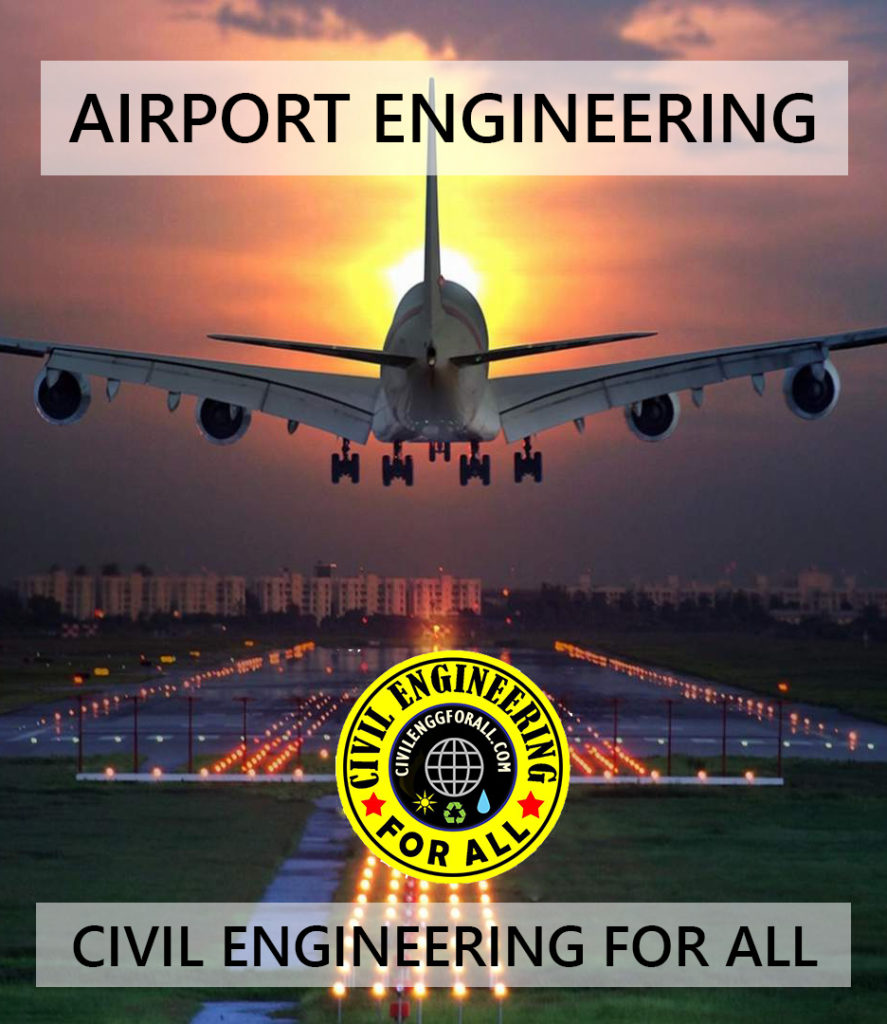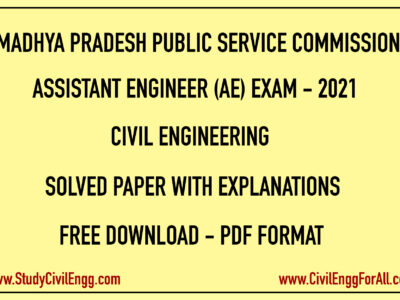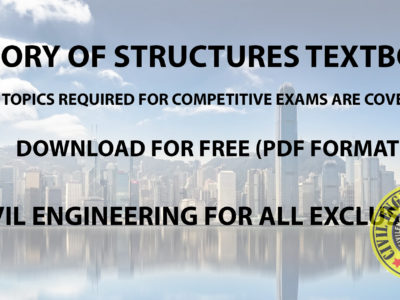
CONTENTS
- The Structure and Organization of Air Transport
- Forecasting Air Transport Demand
- Characteristics of Aircraft as they affect Airports
- Airport System Planning
- Airport Master Planning
- CNS/ATM
- Airport Capacity
- Airside Configuration and Geometric Design of the Airside
- Safeguarding the Airport
- Passenger Terminal
- Air Cargo Facilities
- Airport Drainage and Pavement Design
- Airport Access
- Heliports, STOL ports, Vertiports
- Airport Modelling and Stimulation
- Airport City
- Environmental Impacts of Airports

Factors Contributing to Air Transport Demand
Demand for air travel is invariably affected by a variety of causal variables. These variables should be unambiguous and measurable and the available data should reasonably conform to mathematical formulation and statistical analysis . These causal variables are intrinsic to models that provide future estimates of demand. They reflect the different sectors of air transport demand represented in the respective demand models. Causal variables typically used for demand forecasts, their influence on demand. Air passenger demand is correlated to a region’s population and the motivation of individuals to travel (i.e., their propensity to travel) as well as socioeconomic activities and measures that support travel and the availability of related services and infrastructure.
HIGHWAY ENGINEERING IES MASTER GATE MATERIAL : CLICK HERE
The underlying assumption in all forecasts is the strong correlation between demand and trip-generating factors that are derived from historical data, and this correlation is applicable for the forecasting horizon. Expected future demand environments expressed as forecasts of such factors as airfare levels, airline service, gross national product, and so on, are all inputs to the forecasting process. An underlying assumption in all forecasts is that forecast models hold in the future as long as assumptions related to all factors hold in the future as they do at past and present. Typically, econometric forecast models are developed based on time-series historic database or industry cross-sectional data. Availability and accuracy of the data used are critical to this process both for airlines and for airports.
- In conducting forecasts of airport demand, the following factors are considered:
- Availability of capacity; airports and airspace
- General economic situation; locally, nationally, and internationally
- Socioeconomic and demographic variables of the airport region
- Economic factors directly related to airlines operating at the airport
- Competition between airlines serving the airport as well as competition between the air and other modes of transport
- Environmental and political constraints on the air transport system and airline industry
- Technological advancement in aeronautics, telecommunication, air navigation, and other related fields
- Overall safety, security, and convenience of air travel


TRANSPORTATION ENGINEERING ACE GATE MATERIAL : CLICK HERE
The forecaster must pay good attention to the manner in which airport forecasts are presented. Sound presentation of forecast is vital to acceptance of the forecasts and success of the project. Deriving the forecast model, including performing the required statistical tests, may not be enough for acceptance. The airport planner must also cover the following aspects:
- Statement of purpose for the airport project and the forecast
- Relation of the forecast being presented to the entire airport forecasting process, and not just an isolated step
- Description of the air travel environment and the unique airport situation
- Forecast methodology, including approach, use of assumptions, model mechanics, and reasons to adopt the particular approach
- Assumptions related to factors affecting demand and justifications for the assumptions
- Historical records and databases for the causal variables making the model, quality of these data, and data sources and definitions
- Discussion of the accuracy of the forecast indicating the range of uncertainty and model boundaries
From a quantitative perspective, the demand forecast is not a final objective on its own, but only a part of a larger goal and greater purpose. The forecast primary use is to guide the airport planner to develop a strategy for tackling several important interrelated tasks. These tasks include developing new or expanded facilities, determination of financial feasibility, mitigation of environmental impacts, and conducting a complete master plan for the airport development. Typically, demand forecast is central to the formal airport master plan, which constitutes demand/capacity analysis, sizing facility requirements, airport development conceptual plans, and economic-financial feasibility. In general, demand forecasting is the backbone to the plan of future development of the airport.
TRANSPORTATION ENGINEERING MADE EASY GATE MATERIAL : CLICK HERE
COMPONENTS OF AIR TRANSPORT DEMAND
The above factors—with respect to geographic scale; local, national, and international; sector of industry; and different components of air transport—will all act to varying degrees of impact and contribute to estimating the air transport demand at airports. On the local and regional levels, the socioeconomic/demographic variables and the shifts and directions the economy takes would play the major role in defining the number of passengers within the region or airport. On the national level, the state of the national economy and the state of the airline industry are the major factors that would dictate aviation demand. Other factors include geographic and demographic distribution of demand, technological advancement in the industry, and perhaps politically sensitive environmental issues. Internationally, bilateral agreements, state of global and regional economies, political considerations vis-a-vis hostilities, regional turmoil and internal security, airline globalization, cultural and social ties between nations, and advances in aeronautics, telecommunication, navigation, and surveillance technologies all may contribute to the size and kind of international air travel. In terms of components of air travel, the airports and airlines distinguish between the originating (origin–destination, or OD) passengers and the connecting passengers.


The split of passenger demand between these two basic components of demand may impact how the airlines operate, but most importantly how the individual airport facilities are used. OD passenger demand is the passenger trips originating or terminating at an airport. It represents the passenger demand directly associated with the airport/region local socioeconomic and “propensity to travel” characteristics. Since deregulation of the airline industry in the late 1970s, airlines have resorted to “hubbing” as a strategy to gain market share and operate more profitably. Connecting passenger demand refers to passengers on flights to/from the passengers’ origins and destinations who have to go through a third airport depending on the airline flown – the airline hub. Establishing a clear understanding of airline hub planning considerations and quantifying the connecting element of passenger demand have always been problematic and difficult to project. For one thing, establishing hubs has always been a closely guarded decision by airlines.
TRANSPORTATION ENGINEERING TEXTBOOKS : CLICK HERE
It is a decision predominantly based on the airline’s business model and marketing strategy. But in broad terms, the conditions that favor an airport to be established as a hub by an airline may include geography and orientation of the hubbing market, airport infrastructure capacity, strong OD base visa-vis extent of hubbing, aircraft fleet of the airline, competition with other airline and hubs in close proximity, the airline adding opportunities to improve its profitability and market dominance, and potential for establishing an international hub. An important aspect of airline hubbing is the issue of partnering of commercial air carriers and regional/commuter airlines with well-integrated route networking to ensure good penetration to communities and effective market coverage.
In the past a variety of strategies were used by airlines to gain more route structure integration to gain market control and enter new markets. Strategies such as code sharing, computer reservation systems, and acquisition of regional airlines helped provide better connections and service frequencies to passengers and higher load factors and hence yields to the airlines. While not air travel related, airport demand forecast may be influenced by intermodal interactions with other transport modes that may be competitive with or supplementary to air travel. Therefore, in conducting air travel demand forecast for a particular airport, this aspect has to be carefully considered. Implementation of competing (or supplementing) ground transport modes will largely depend on such considerations as the geographic region’s ground transport network, technological advancement in ground modes, financial and economic feasibility of all travel modes, future availability of options and their costs of energy, convenience and acceptability by the traveling public, and the environmental and social impacts of the modes.
AIRPORT ENGINEERING TEXTBOOK BY CIVILENGGFORALL PDF
DOWNLOAD LINK : CLICK HERE
PASSWORD : CivilEnggForAll
OTHER USEFUL BOOKS
- RAJASTHAN STAFF SELECTION BOARD (RSSB) JUNIOR ENGINEER DIPLOMA CIVIL ENGINEERING EXAM 2022 – HINDI & ENGLISH MEDIUM SOLVED PAPER – FREE DOWNLOAD PDF (CivilEnggForAll.com)
- ISRO TECHNICAL ASSISTANT EXAM 2022 – CIVIL ENGINEERING – HINDI & ENGLISH MEDIUM – SOLVED PAPER – FREE DOWNLOAD PDF (CivilEnggForAll.com)
- MADHYA PRADESH PUBLIC SERVICE (MPPSC) COMMISSION – ASSISTANT ENGINEER EXAM – MPPSC AE 2021 CIVIL ENGINEERING – SOLVED PAPER WITH EXPLANATIONS – PDF FREE DOWNLOAD
- BIHAR PUBLIC SERVICE COMMISSION (BPSC) ASSISTANT ENGINEER EXAM – 2022 – CIVIL ENGINEERING – SOLVED PAPER – FREE DOWNLOAD PDF (CivilEnggForAll.com)
- ODISHA PUBLIC SERVICE COMMISSION – OPSC AEE PANCHAYATI RAJ EXAM 2021 – SOLVED PAPER WITH EXPLANATION – FREE DOWNLOAD PDF





















